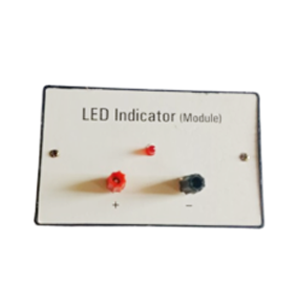Description
Understanding Glass Prisms: A Comprehensive Overview
A glass prism is a transparent optical element with flat, polished surfaces that refract light. When light passes through a glass prism,
Structure and Functionality
Typically, a glass prism has a triangular base and rectangular sides. The specific angles and dimensions of the prism determine how light interacts with it.When white light enters the prism, it slows down and bends due to the change in medium from air to glass.
Typically, a glass prism has a triangular base and rectangular sides. The specific angles and dimensions of the prism determine how light interacts with it.When white light enters the prism, it slows down and bends due to the change in medium from air to glass.
Types of Glass Prisms
There are various types of glass prisms, each serving specific purposes:
- Equilateral Prisms: These have three equal sides and angles, commonly used in spectrometers to disperse light into its spectrum.
- Porro–Abbe Prisms: Utilized in optical instruments like binoculars to alter the orientation of an image.
- Abbe–Koenig Prisms: Employed in high-quality binoculars for image inversion, providing a compact design with minimal light loss.
Applications of Glass Prisms
Glass prisms are integral to various fields:
- Optical Instruments: They are essential components in devices like binoculars, microscopes, and telescopes, aiding in image formation and orientation.
Typically, a glass prism has a triangular base and rectangular sides. The specific angles and dimensions of the prism determine how light interacts with it.When white light enters the prism, it slows down and bends due to the change in medium from air to glass. - Spectroscopy: Prisms are used to disperse light into its component wavelengths, allowing for the analysis of light spectra
- Photography: In cameras, prisms can be used to reflect light paths, contributing to image clarity and brightness.
Typically, a glass prism has a triangular base and rectangular sides. The specific angles and dimensions of the prism determine how light interacts with it.When white light enters the prism, it slows down and bends due to the change in medium from air to glass.
Conclusion
In summary, glass prisms are fundamental optical elements that manipulate light through refraction and dispersion. Their ability to separate light into its constituent colors has been instrumental in advancing scientific understanding and technological development across various disciplines.





Reviews
There are no reviews yet.